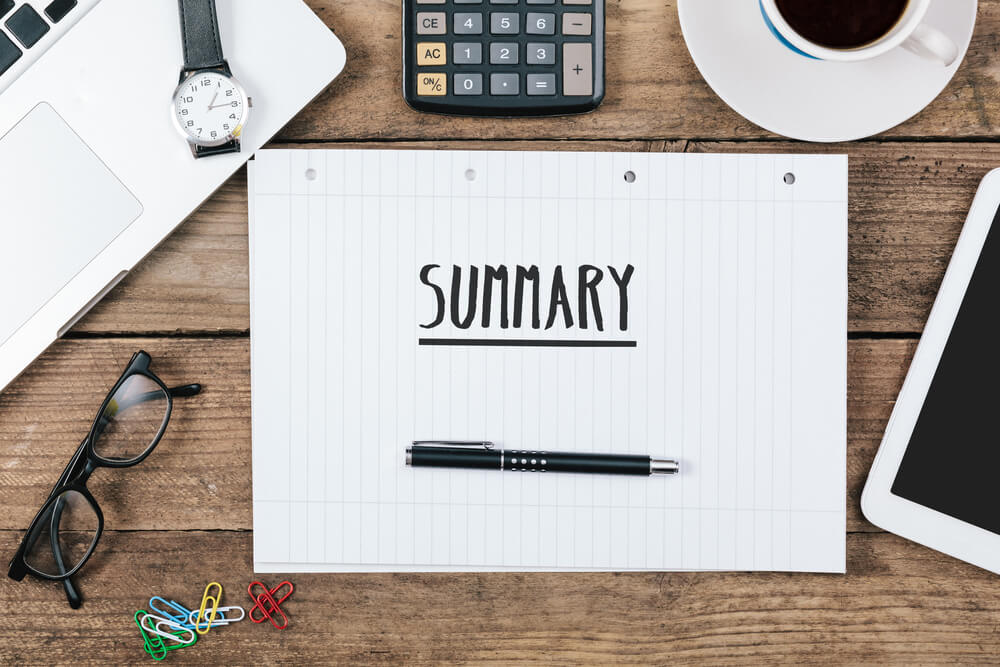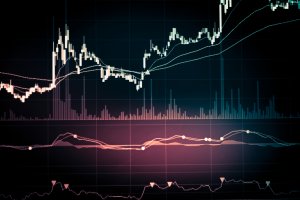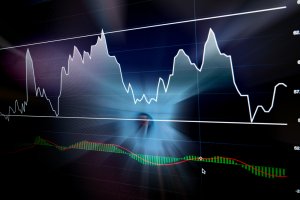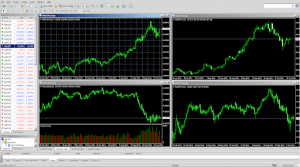Introduction
In the previous lessons, we have understood what leading, and lagging indicators are. We also saw how these indicators could be further divided into other types. Here’s a summary of everything we’ve learned so far in this space.
Leading Indicators
Leading indicators are those who forecast prices in the market using historical prices. It indicates a signal for the continuation or reversal of a trend the event occurs. However, these indicators do not work with complete certainty. As they are making a prediction, it is more probability driven.
Lagging Indicators
Lagging indicators, as the name suggests, are lagging in nature. These indicators confirm the market trend using past prices. They are called the trend-following indicators as they give an indication once the trend has been established in the price charts. However, these confirmatory indicators are more reliable than the leading indicators as they give more accurate signals though they are late in doing so.
Please refer to this article to know the differences between these two types of indicators.
In the industry, there are three types of indicators that are widely used. They are
- Oscillators
- Trend-following indicators
- Momentum indicators
If we were to put them into the bag of leading or lagging indicators, Oscillators are leading, trend-following indicators and momentum indicators are lagging. Note that an indicator may not be under one of the types; they can be a combination of two or all three.
Oscillators
An oscillator is a leading indicator that moves within a predefined range. These are to our interest when it crosses above or below the specified bound. These areas determine the oversold and overbought conditions in the market. These indicators are very helpful in determining market reversal. Some of the most popular oscillators include MACD, ROC, RSI, CCI, etc. The usage and interpretation of oscillators have been discussed in detail in this article.
Trend-Following Indicators
Trend-following indicators are lagging indicators that are usually constructed with a variety of moving averages. Crossovers are the typical strategy used with these indicators. These indicators give a signal to buy or sell when the market has already begun its move. Hence, these indicators give us late entries but are more convincing than leading indicators. For example, Moving Averages and MACD are the most used trend-following indicators.
Momentum Indicators
As the name clearly indicates, these indicators show the speed or the rate of price change in the market. Since the momentum can be calculated after the price moves, it is considered a lagging indicator. These indicators indicate when there is a slowdown in the buyers or sellers. And with this, we can assume for a possible reversal. More about this can be found here.
Conclusion
This sums up the concept of leading and lagging indicators. Having an understanding of these indicators is necessary because it is risky if a lagging indicator is analyzed as a leading indicator and vice versa. Also, it is recommended to use these indicators in conjunction with each other for better results. In the upcoming course lessons, we will be discussing interesting topics related to Elliot Wave Theory.






